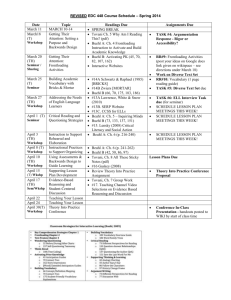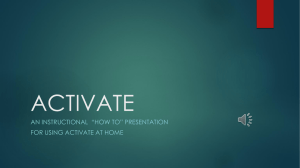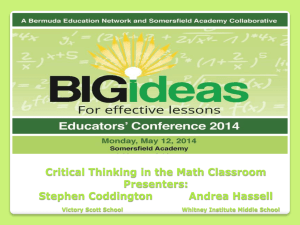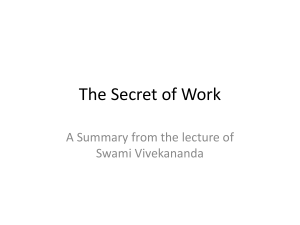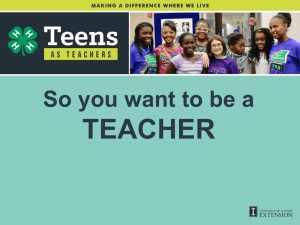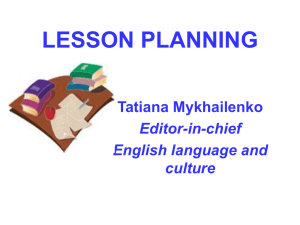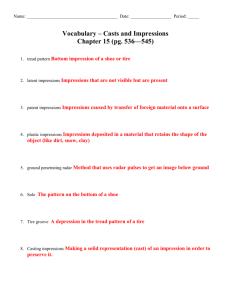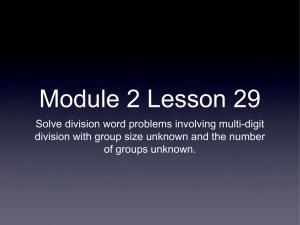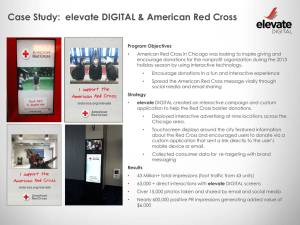EDC 448 Slides Seminar Topics - EDC448URI
advertisement
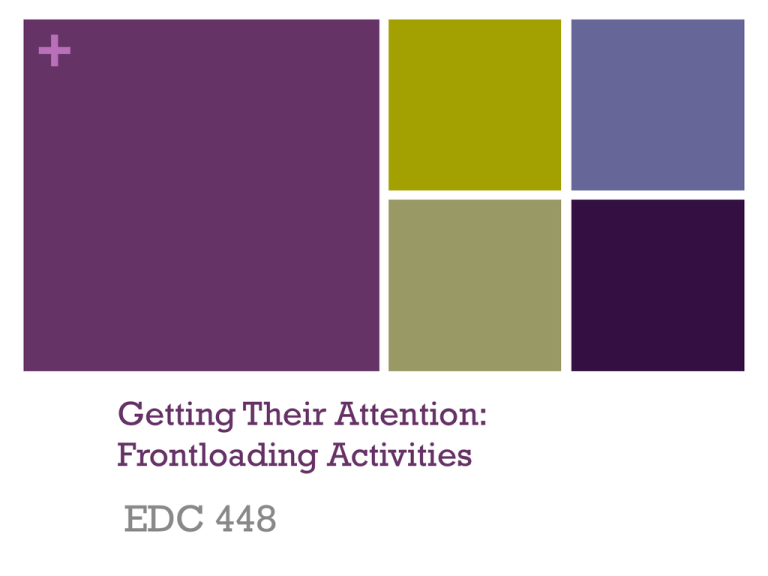
+ Getting Their Attention: Frontloading Activities EDC 448 + Objectives Reflect and discuss with your colleagues the use of materials and instructional techniques designed to capture students’ attention and address prerequisite knowledge needs at the beginning of your lesson Buehl Frontloading Ch. 2 Connect Two, Anticipation Guides, K-W-L Plus Picture Books in Your Content Area Explore and share examples of how interactive websites may help activate, assess, and/or build pre-requisite knowledge + Connect Two FRONTLOAD USE AN ENTRANCE TICKET ACTIVATE BACKGROUND KNOWLEDGE READ PART OF A PICTURE BOOK ALOUD IN CLASS BUILD BACKGROUND KNOWLEDGE BUILD INTENTIONAL CONNECTIONS BTW. PERSONAL LIVES & CONCEPTS ASSESS BACKGROUND KNOWLEDGE BRAINSTORM CONNECTIONS IN A SMALL GROUP & SHARE + Activating/Assessing/Building Background Knowledge Using Picture Books with Adolescents (pros/cons) Connect Two: Connect pairs of words from easy & hard column to create a sentence (Possible sentences: use words to write possible sentences, then verify T/F or IDK) First Impressions: Brainstorm connections to chain of clues; ** revisit to confirm or revise to make accurate! K-W-L Plus: “plus” > group what you learned to summarize + K-W-N-S for Math + Seminar Part 1: Getting Their Attention 1. Prior knowledge plays a large role in reading comprehension and content area learning. How will you determine how much knowledge your students bring to your lesson? How will you explicitly activate that knowledge to help students connect it to new information? What will you do if/when you realize students have little to no “assumed knowledge” of the content in your lesson? Please share your reactions, questions, ideas, and concerns about how these activities and materials may or may not make complex texts and challenging content more accessible to all students. + See Yourself in Pictures: What would be going through your mind? + BASEBALL SAVED US - p. 1 One day, my dad looked out at the endless desert and decided then and there to build a baseball field. He said people needed something to do in Camp. We weren’t in a camp that was fun, like summer camp. Ours was in the middle of nowhere, and we were behind a barbed-wire fence. Soldiers with guns made sure we stayed there, and the man in the tower saw everything we did, no matter where we were. As Dad began walking over the dry, cracked dirt, I asked him again why we were here. “Because,” he said, “American is at war with Japan, and the government thinks that Japanese Americans can’t be trusted. But it’s wrong that we’re in here. We’re Americans too!” Then he made a mark in the dirt and mumbled something about where the infield bases should be. FIRST IMPRESSIONS?…. (Author’s Words…My Impressions) Life Interrupted FDR Speech A More Perfect Union + Using Picture Books as a Frontloading Activity Baseball Saved Us Objective: Students will write three paragraphs detailing the experiences of Japanese-American citizens held against their will in internment camps during WW2 and discuss the impact of these experiences on these individual’s lives Activate: Use with anticipation guide – prompt discussion; connect to self and peers; revisit/revise as move through story Build: Use with Story Impressions activity (author’s words/pictures; your impressions) as move through the story Assess: Use with anticipation guide (and details) AFTER reading to inform my instruction – are they ready to connect to higher level material about this topic? + Seminar Part 2: Technology Smackdown SEMINAR PART 2: Technology Smackdown with Interactive Websites at http://edc448uri.wikispaces.com/interactivewebsites Please share an online resource you explored and explain how it can be useful to (a) activate; (b) assess; and/or (c) build students' pre-requisite knowledge for a lesson/unit BEFORE you teach. + Feedback for Argumentation Paper 32 points (2) A 29-30 23 points (2) A- points (2) C 18-12 points (5) Argumentation Rubric – reading/research; development; organization, language/conventions Feedback for Revisions + Parts of a quality argument + Homework READ (2 short and 1 long) and Complete Reading/Synthesis Guide (TYPE AND PRINT) Lawrence, White, & Snow (2010) The Words Students Need (short website with links) Fang & Schleppegrell (2010) Disciplinary Literacies and Functional Language Analysis (longer article; read for generalities and key examples) Buehl, Chapter 3: Text Frames (read and connect to other readings) + + + Homework Please note: Your Diverse Text Set Assignment is due next Tuesday (March 26). You should have a paper copy to hand in AND upload a version to the wikispace.

